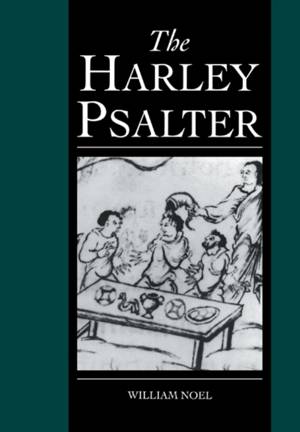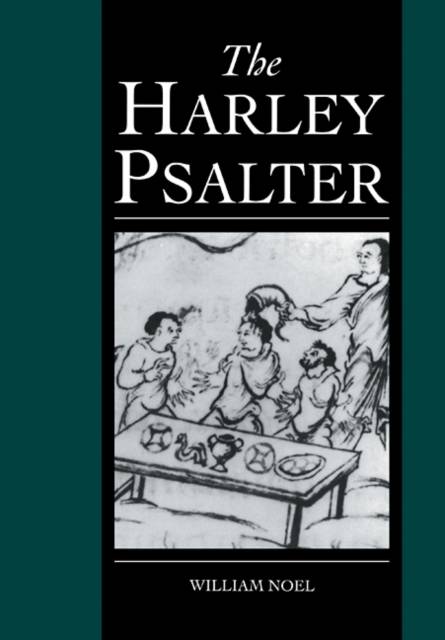
- Afhalen na 1 uur in een winkel met voorraad
- Gratis thuislevering in België vanaf € 30
- Ruim aanbod met 7 miljoen producten
- Afhalen na 1 uur in een winkel met voorraad
- Gratis thuislevering in België vanaf € 30
- Ruim aanbod met 7 miljoen producten
Zoeken
Omschrijving
This is a fascinating study of the making of the Harley Psalter, an illustrated manuscript which was produced at Christ Church, Canterbury, over a period of about 100 years, from c. 1020 to c. 1130. The Harley Psalter was closely based on the Utrecht Psalter, the most celebrated of all Carolingian illuminated manuscripts. Through meticulous observation of the Harley Psalter, William Noel analyses how the artists and scribes worked with each other and with their manuscript exemplars in making their illustrated text. The author demonstrates that this work is best understood not as a copy of the Utrecht Psalter, but rather as one of a series of Anglo-Saxon manuscript experiments that incorporated its imagery. This is a crucial work for understanding the development of art, script and book making during what has been termed the 'golden age' of Anglo-Saxon art.
Specificaties
Betrokkenen
- Auteur(s):
- Uitgeverij:
Inhoud
- Aantal bladzijden:
- 252
- Taal:
- Engels
- Reeks:
- Reeksnummer:
- nr. 4
Eigenschappen
- Productcode (EAN):
- 9780521096768
- Verschijningsdatum:
- 11/01/2009
- Uitvoering:
- Paperback
- Formaat:
- Trade paperback (VS)
- Afmetingen:
- 170 mm x 244 mm
- Gewicht:
- 408 g

Alleen bij Standaard Boekhandel
+ 121 punten op je klantenkaart van Standaard Boekhandel
Beoordelingen
We publiceren alleen reviews die voldoen aan de voorwaarden voor reviews. Bekijk onze voorwaarden voor reviews.











